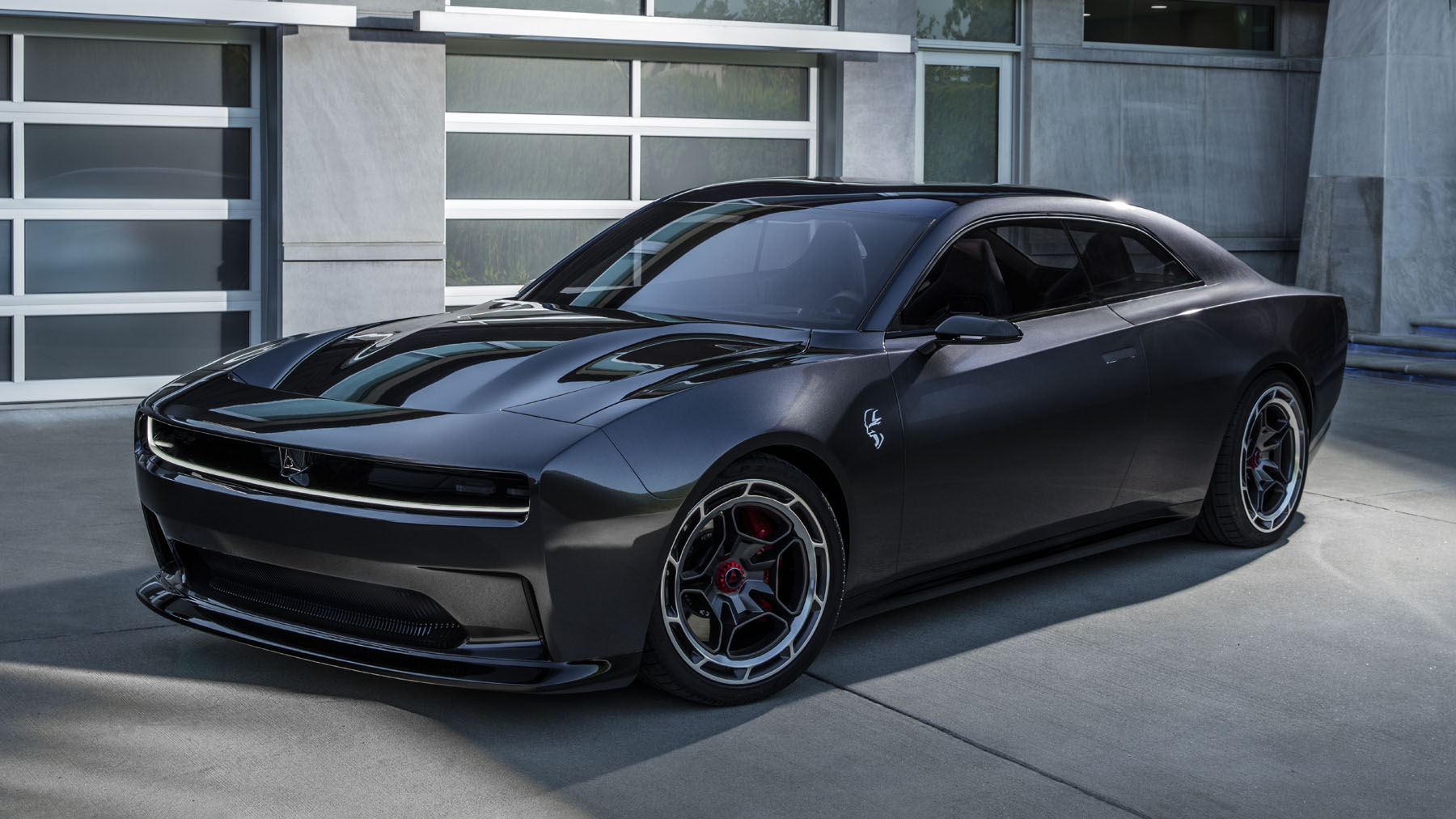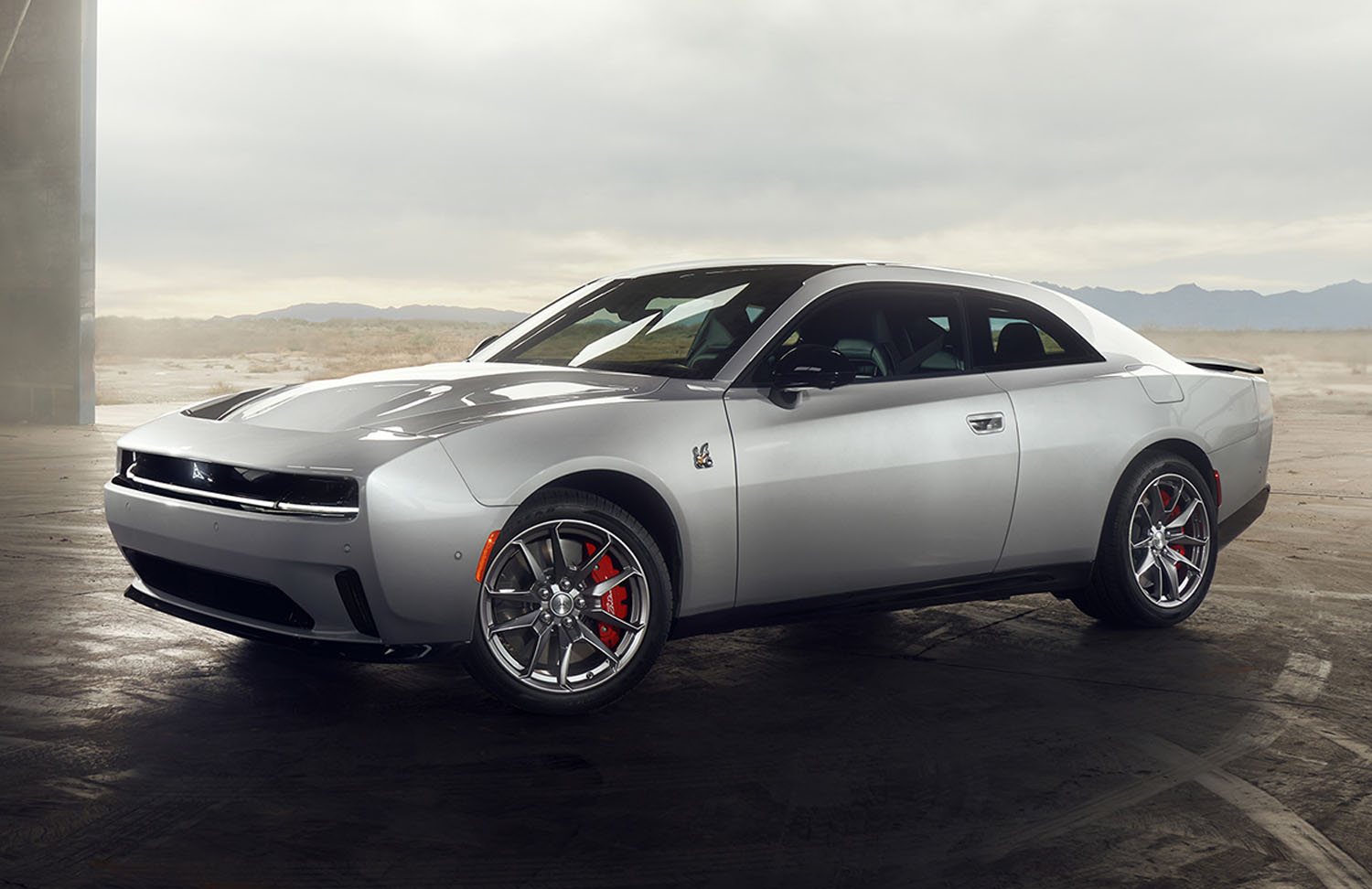Dodge has officially unveiled the redesigned Charger, offering a compelling mix of gas-powered and electric options. The Charger Daytona Scat Pack boasts an electric powertrain capable of delivering up to 670 hp with a range of 260 miles. Alternatively, the Charger Daytona R/T offers 496 hp and a range of 317 miles.
The introduction of a redesigned Dodge Charger is always significant, particularly as the model has not undergone a full redesign since 2006. This time, Dodge introduces an electric version, marking a bold step for the brand.
With CEO Tim Kuniskis at the helm, the marketing approach for the new Charger raises eyebrows. It features a 10-minute video featuring the Dodge brothers, boasting low production values and a script that may resonate more with a niche audience.
The video, although initially conventional, takes an unexpected turn as Kuniskis delves into a discourse about the perceived challenges facing the Dodge brand. This includes a peculiar assertion about electric cars being “politically correct,” followed by a somewhat perplexing reference to navigating regulatory constraints.

Kuniskis’s rhetoric further extends into assertions about the Charger’s design priorities and the purported desires of unnamed entities. However, such statements prompt questions about the narrative’s coherence and relevance in the contemporary automotive landscape.
Moreover, the video contains subtle ideological cues, including references to kale smoothies and insinuations about political agendas, which may not align with the broader automotive discourse.
Critically, the Charger Daytona Scat Pack’s positioning as a groundbreaking high-performance electric vehicle seems somewhat out of touch, considering the existing offerings from established electric vehicle manufacturers.
Tesla, Lucid, Rivian, and other brands have long offered high-performance electric vehicles, undermining Dodge’s portrayal of the Charger as a pioneering force in the segment.
Despite potential inconsistencies, Dodge’s marketing strategy may resonate with a specific demographic, leveraging ideological cues and a nostalgic appeal to capture the imagination of enthusiasts.
However, the broader automotive community may view the narrative with skepticism, highlighting the need for brands to align their messaging with contemporary realities and consumer expectations.
Also read: Muscle Car Faceoff: Dodge Charger Vs Dodge Charger Daytona

